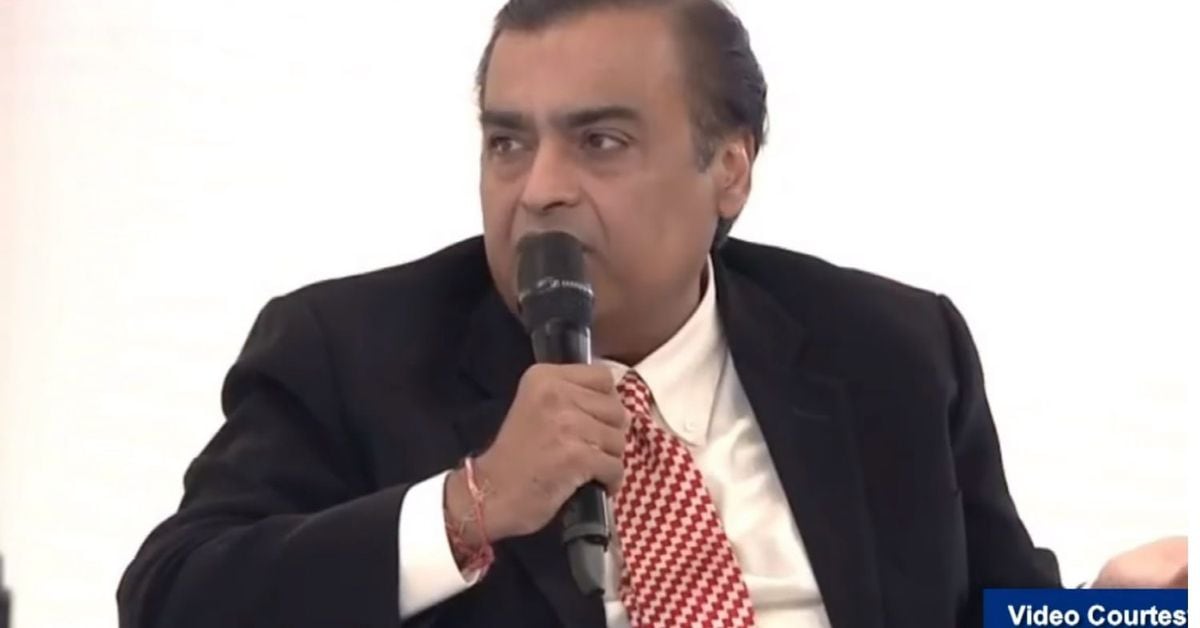- Cryptogram
- Posts
- Bitcoin ETFs will boost crypto 🚀
Bitcoin ETFs will boost crypto 🚀
Analysing impact of Bitcoin spot ETFs

1 September 2023
Some excitement in the crypto markets this week – thanks to Grayscale’s legal win over the US SEC. However, Bitcoin’s reactionary rally towards $28,000 was short-lived – it is back where it started and continues to have a bearish undertone leading into the traditionally red month of September.

Grayscale’s win excited investors as an opportunity to gain an edge before the SEC was to decide on several Bitcoin spot ETF applications. Those gains were wiped off yesterday night once the SEC delayed (on expected lines) its decision on these applications.
Why are spot ETFs a big deal? What can we expect leading into and after they come to fruition? What happened to the markets when the Gold ETF was approved?
We cover this in our Hot Take today.
Top-3 stories of the week:
1
2
3
The newsletter is put together by Giottus Crypto Platform and The News Minute’s Brand Studio. You can read all the previous issues of Cryptogram here.
Was this newsletter forwarded to you?
WEEKLY MACROS
Total crypto market cap - $1.05 trillion - DOWN 0.1%
Bitcoin price - $26,040 - DOWN 0.2%
The dollar index (DXY) - 103.63 - DOWN 0.6%
Bitcoin Dominance - 49.25%
Crypto Fear and Greed Index - 40 - the market is in fear
ICO CALENDAR
3rd Sep - Firepot Finance (HOTT)
3rd Sep - Fleamint (FLMC)
THE HOT TAKE
Bitcoin spot ETFs to generate demand and adoption
Spot ETFs represent the best way for a disengaged investor to access an asset class. You don’t get to own the real asset or the complexities behind it (storage, ease of regulations etc.) but you can gain equally as a Bitcoin investor would. Naturally, there is enough demand for Bitcoin spot ETF today in terms of legitimising the asset class and for investing via a familiar method.
Couple of years ago, Grayscale applied for a spot BTC ETF licence claiming that they would allow investors to gain exposure to Bitcoin without having to own it. However, US SEC denied the licence stating that ETFs are vulnerable to market manipulations and protecting investors is their primary motto. The SEC has, so far, rejected many other firms (ARK, Invesco, Fidelity etc.) on the same grounds.
However, Grayscale took it up a notch and sued the SEC. The court, this week, ruled that the SEC’s denial of a Bitcoin ETF was “arbitrary and capricious” and must be reconsidered, as they are similar to futures ETF which has already been approved.
For context, Grayscale is the largest Bitcoin fund in the world. They operate an open-ended private trust that holds in excess of 643,572 BTC to date (3% of total supply).
So, how do we see this playing out in the next one year? We enlist some key trends.
1. SEC will prolong its decision making
There are currently 8 spot ETF applications pending with the SEC. We now know that the SEC has delayed its decision on 6 of them with 1 more confirmation of delay expected today (Blackrock).

Bitcoin Spot ETF decision dates| Source: Bloomberg
Though the SEC is under pressure after Grayscale’s win to approve Bitcoin spot ETFs, they are likely to keep delaying the deadlines till they ideally can. This gives them time to identify another ground for rejection or bring up ground rules for this to work. We anticipate that Bitcoin spot ETFs are likely to be approved in Q1 2024, right before its next halving event.
2. The companies behind these ETFs have nearly $15 trillion AUM
Combined, the 8 current ETF applications have a backing of $14.6 trillion in assets under management (AUM). If investors allocate 1% of their portfolio over time to Bitcoin following ETF licence approvals, it will boost Bitcoin’s market cap by 28% in current terms.

Assets Under Management of Bitcoin Spot ETF applicants| Source: Google
3. ETH ETF applications are gaining momentum
For Ethereum, futures ETF applications are currently accumulating, with recent filings from ARK Invest and 21Shares. In October, more than 10 applications will be assessed by the SEC. The SEC has not yet clarified if they consider Ethereum as a commodity or a security. However, they may take a cautious approach given the approval of Bitcoin futures ETF led to multiple spot ETF applications.
4. Gold spot ETF led to a 350% gain over 7 years
Until 2004, investing in gold could only be done in the form of bars, coins, certificates and shares of gold-mining companies. The first gold ETF, the SPDR Gold Trust ETF (GLD), was listed on the NYSE in November 2004 and immediately revolutionised gold trading. In seven years of launch, gold prices/ounce rose by 350% from $450/Oz to $1,820/Oz.

Given Bitcoin is more volatile than gold, we anticipate these returns to happen sooner.
Key takeaway
ETFs are a natural progression for an asset class. Institutional funds and managers can progressively allocate share to the asset while safeguards in terms of consumer protection and regulation help in giving legitimacy to its authenticity.
While SEC takes its time to approve the applications, we anticipate them to happen over the next one year. If so, along with the halving in April and an easing monetary policy with interest rate cuts, they can become a narrative for the next bull run in Bitcoin. Ethereum and other top crypto assets will naturally benefit from this scenario.
Was this newsletter forwarded to you?
If you have any questions or feedback for us, write to us at [email protected]. You can check out the previous issues here.
Disclaimer: Crypto-asset or VDA investments are subject to market risks such as volatility and have no guaranteed returns. Please do our own research before investing and seek independent legal/financial advice if you are unsure about the investments.



